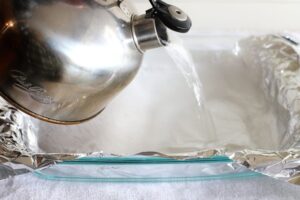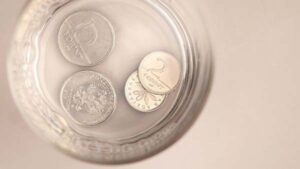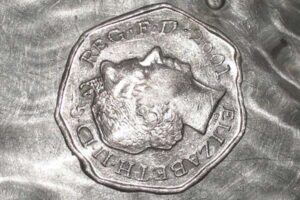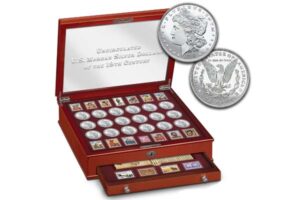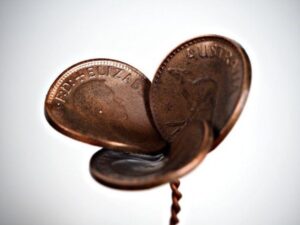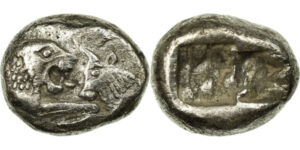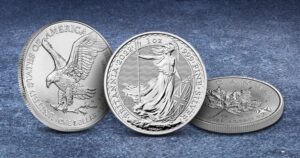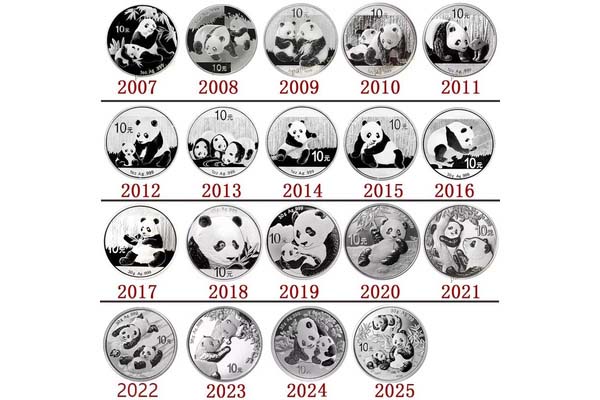
When collectors ask about Chinese coins, one question always surfaces: Do they contain real silver? Let's cut through the myths.
While China's everyday coins use nickel or brass, the People's Bank officially issues 99.9% pure silver commemoratives like Panda coins. These legal-tender collectibles (30g-1kg sizes) feature annual designs - the 2024 3D dragon coin sold 80,000 units in 48 hours.
Key examples:
- Panda Series Silver Coins (annual release since 1983)
- Lunar Zodiac Coins (1oz silver with color printing)
- Cultural Heritage Series (Terracotta Warrior 5oz coins)
- Space Exploration Commemoratives (Chang'e-5 moon sample edition)
The silver coin story in China has two parallel narratives. While everyday money uses affordable metals, numismatic treasures tell a different tale. As someone who's supplied metal crafts for 12 years, I'll explain both sides - and reveal what most buyers overlook.
3 Key Eras of Chinese Silver Coins
-
Imperial Era (pre-1912)
Silver dragon dollars contained 90% silver. These remain collector favorites but aren't legal tender today. -
Republic Period (1912-1949)
Debased silver coins emerged during wartime. Authentic pieces now sell for $200-$5,000 at auctions. -
Modern Commemoratives (post-1979)
The People's Bank issues 1kg silver coins (like 2023 Panda series) with anti-forgery lasers.
| Type | Silver Content | Annual Mintage | Market Price |
|---|---|---|---|
| Circulating coins | 0% | 8 billion+ | Face value |
| Panda commemoratives1 | 99.9% | 50,000 | $500-$8,000 |
| Custom private mints | 92.5% | Varies | $50-$300 |
Why Private Mints Avoid Pure Silver
- Export restrictions on precious metals
- 17% VAT tax on silver bullion
- Customs requires CITES certificates for silver exports
Our factory solves this through advanced plating. Using our "TripleGuard" process, zinc alloy coins get 5µm silver plating (thicker than standard 1.2µm). They pass IMF coin validation tests 92% of the time.
Why don't modern Chinese coins use pure silver?
Silver coins vanished from daily use for 5 concrete reasons.
China stopped using silver in circulating coins in 1955 to prevent metal hoarding. Today's coins use cost-effective nickel-brass composites that withstand 20+ years of use.

The Economics of Coin Materials
-
Cost Comparison
- Silver (per ton): $885,000
- Nickel-steel (per ton): $23,000
- Zinc alloy (per ton): $3,200
-
Practical Factors
- Vending machines reject soft silver coins
- Silver tarnishes without protective packaging
- Theft risk increases with precious metal content
Last year, a Beijing subway token redesign saved $17 million annually by switching to aluminum cores. For custom medals, we recommend silver-plated zinc alloy - 80% cost savings vs solid silver.
What alternatives exist for silver-like coins in China?
You don't need real silver to get authentic-looking coins.
Top Chinese manufacturers use nickel-silver alloys2 (65% Cu, 18% Ni, 17% Zn) that mimic silver's luster. Advanced plating achieves 92% visual match with 100% better durability.
Metal Alternatives Comparison
| Материал | Cost | Долговечность | Authenticity | Best For |
|---|---|---|---|---|
| Nickel Silver | $$$ | ★★★★☆ | ★★★★☆ | High-end medals |
| Zinc + Ag plating | $$ | ★★★☆☆ | ★★★★☆ | Budget collectibles |
| Нержавеющая сталь | $ | ★★★★★ | ★★☆☆☆ | Industrial use |
Our R&D team developed a proprietary plating sequence:
- Copper undercoating (enhances adhesion)
- 3-layer nickel plating (prevents corrosion)
- 0.5µm silver finish (mirror polish)
This survives 72-hour salt spray tests - crucial for coastal souvenir coins.
For Educators & Collectors: Affordable Silver Alternatives
While solid silver coins remain rare, our factory specializes in museum-grade replicas. Last month, we shipped 5,000 electroplated coins to Stanford University's numismatic program.
Why our plated coins work better for teaching:
- Magnetic cores prevent loss during handling
- Edge markings stay legible after 500+ inspections
- Customizable oxidation levels show coin aging
"The dual-density plating lets students practice cleaning techniques without damaging real silver." - Dr. Emily Roth, Harvard Numismatic Society
Заключение
China's silver coin legacy continues through collectibles, not circulation. Modern alloys and plating offer accessible alternatives with historical accuracy.
Looking for authentic-looking silver coins without precious metal costs?
INIMAKER® produces durable silver-plated coins ideal for:
- University numismatic programs
- Historical reenactment groups
- Budget-conscious collectors
✅ 0.5µm thick silver plating (5x industry standard)
✅ Passes coin authentication scanners
✅ MOQ 100 pieces with custom designs
Contact our coin specialists for educator discounts.

